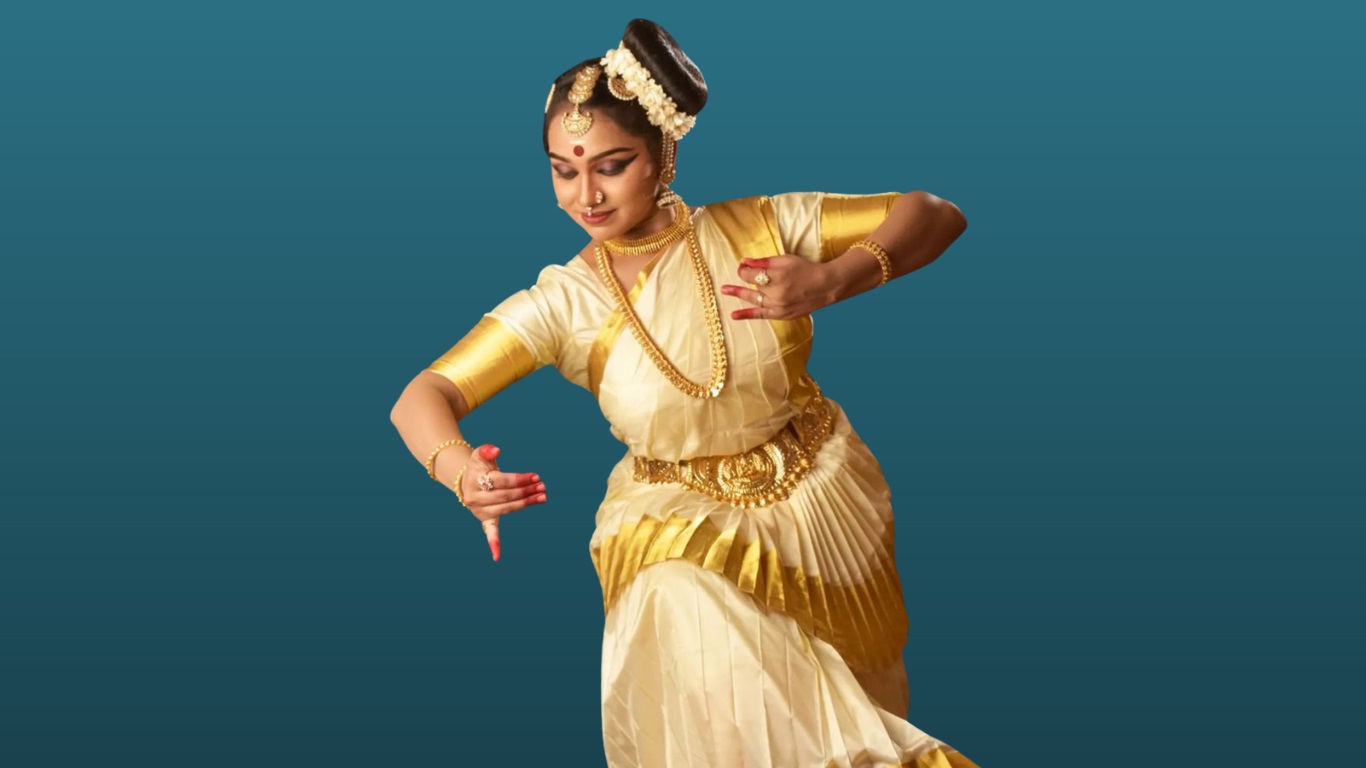The classical dance of India is a vibrant and dynamic art form that transcends mere entertainment to embody the rich cultural tapestry of the country. These dance traditions, which have evolved over centuries, are deeply interwoven with India’s religious, social, and historical fabric. By examining the various forms and elements of classical dance, one can gain profound insights into the cultural diversity, spirituality, and artistic heritage of India.
The Diversity of Classical Dance Forms
India is home to a variety of classical dance forms, each originating from different regions and reflecting the unique cultural influences of those areas. The primary classical dances of India are the Kathak from North India, the Odissi from Odisha, the Kathakali and Mohiniyattam from Kerala, the Manipuri from Manipur, the Bharatanatyam from Tamil Nadu, and the Kuchipudi from Andhra Pradesh. Each of these dance forms has distinct styles, techniques, and storytelling methods, mirroring the cultural diversity of India.
Bharatanatyam
Bharatanatyam, one of the oldest and most popular classical dances of India, originates from Tamil Nadu. It is distinguished by its erect upper body, bowed legs, deft footwork, expressive facial expressions, and hand gestures (mudras). Bharatanatyam performances often depict stories from Hindu mythology, emphasizing themes of devotion and spirituality. The dance is traditionally performed in temples, reflecting its religious significance.
Kathak
Hindu and Muslim cultural components are combined in the North Indian classical dance style known as kathak, which originated in Uttar Pradesh. It is known for its intricate footwork, spins, and expressive gestures. Kathak performances often tell stories from epics like the Mahabharata and Ramayana, as well as Persian and Mughal tales, showcasing a blend of cultural narratives. The dance’s evolution from temple rituals to court performances highlights its adaptability and cultural synthesis.
Odissi
Odissi, which comes from Odisha, is known for its flowing motions, sculptural stances, and usage of “tribhangi”—three body bends. This dance form is closely tied to the rituals and traditions of the Jagannath Temple in Puri. Odissi dancers often portray divine love and devotion, drawing heavily from the poetry of Jayadeva and the Vaishnavite traditions, which celebrate Lord Krishna.
Kathakali
Kathakali, from Kerala, is a classical dance-drama known for its elaborate costumes, vibrant makeup, and expressive gestures. It often depicts stories from the Hindu epics, focusing on the eternal struggle between good and evil. Kathakali performances are highly theatrical and require rigorous training, with dancers conveying emotions and narratives through intricate facial expressions and hand movements.
Mohiniyattam
Also hailing from Kerala, Mohiniyattam is a graceful and feminine dance form that embodies the essence of “lasya” (soft, gentle movements). The dance tells stories of love and devotion, often focusing on the divine enchantress Mohini. Mohiniyattam’s fluid movements and elegant postures reflect the cultural aesthetics of Kerala.
Manipuri
Manipuri, from the northeastern state of Manipur, is a dance form that combines graceful movements with a spiritual undertone. It is deeply rooted in the rituals and traditions of the Meitei community and often depicts scenes from the life of Lord Krishna, particularly Ras Leela. The dance’s emphasis on delicate hand movements and soft expressions reflects the cultural ethos of Manipur.
Kuchipudi
Kuchipudi, from Andhra Pradesh, is both a dance and a drama, incorporating a blend of rhythmic movements, narrative sequences, and dramatic elements. It is known for its fast-paced footwork, intricate patterns, and expressive gestures. Kuchipudi performances often depict stories from Hindu mythology, emphasizing themes of devotion and morality.
Cultural Significance and Spirituality
The classical dance of India is not merely a form of artistic expression; it is deeply rooted in the spiritual and religious traditions of the country. Many indian classical dance originated as temple rituals and were used as offerings to deities. The dances often narrate stories from Hindu mythology, celebrating the lives and deeds of gods and goddesses.
For example, Bharatanatyam and Odissi are traditionally performed in temples as acts of worship, with dancers assuming the roles of divine beings. The intricate gestures and expressions are used to convey the devotion and reverence of the dancers towards their deities. Similarly, Kathakali performances, with their elaborate enactments of mythological tales, serve as a form of spiritual storytelling, imparting moral lessons to the audience.
Social and Historical Context
The evolution of classical dance of India is closely linked to the country’s historical and social developments. Over the centuries, these dance forms have adapted to changes in political and cultural landscapes, reflecting the dynamic nature of Indian society.
During the Mughal era, Kathak evolved from a temple dance to a court performance, incorporating Persian and Mughal influences. This transition highlights the cultural amalgamation and exchange that occurred during this period. Similarly, the revival of classical dance of India in the 20th century, spearheaded by pioneers like Rukmini Devi Arundale for Bharatanatyam and Kelucharan Mohapatra for Odissi, was a response to colonial suppression and a reclaiming of cultural identity.
The Role of Gurus and Training
The tradition of classical dance of India is preserved and propagated through the “guru-shishya” (teacher-student) relationship. Gurus, or master teachers, play a crucial role in imparting the knowledge, techniques, and spiritual aspects of the dance to their disciples. The rigorous training involves mastering complex rhythms, precise movements, and the ability to convey emotions through expressions.
Students often begin their training at a young age and spend years honing their skills under the guidance of their gurus. This process not only ensures the transmission of technical proficiency but also instills a deep respect for the cultural and spiritual heritage of the dance form.
Conclusion
The classical dance of India is a living testament to the country’s rich cultural tapestry. Through its diverse forms, intricate techniques, and deep spiritual connections, it offers a window into the soul of India. Understanding and appreciating these dance traditions provide valuable insights into the cultural diversity, historical evolution, and spiritual depth of the Indian subcontinent.
Stay in touch to get more updates & news on Tribune Tribune!




